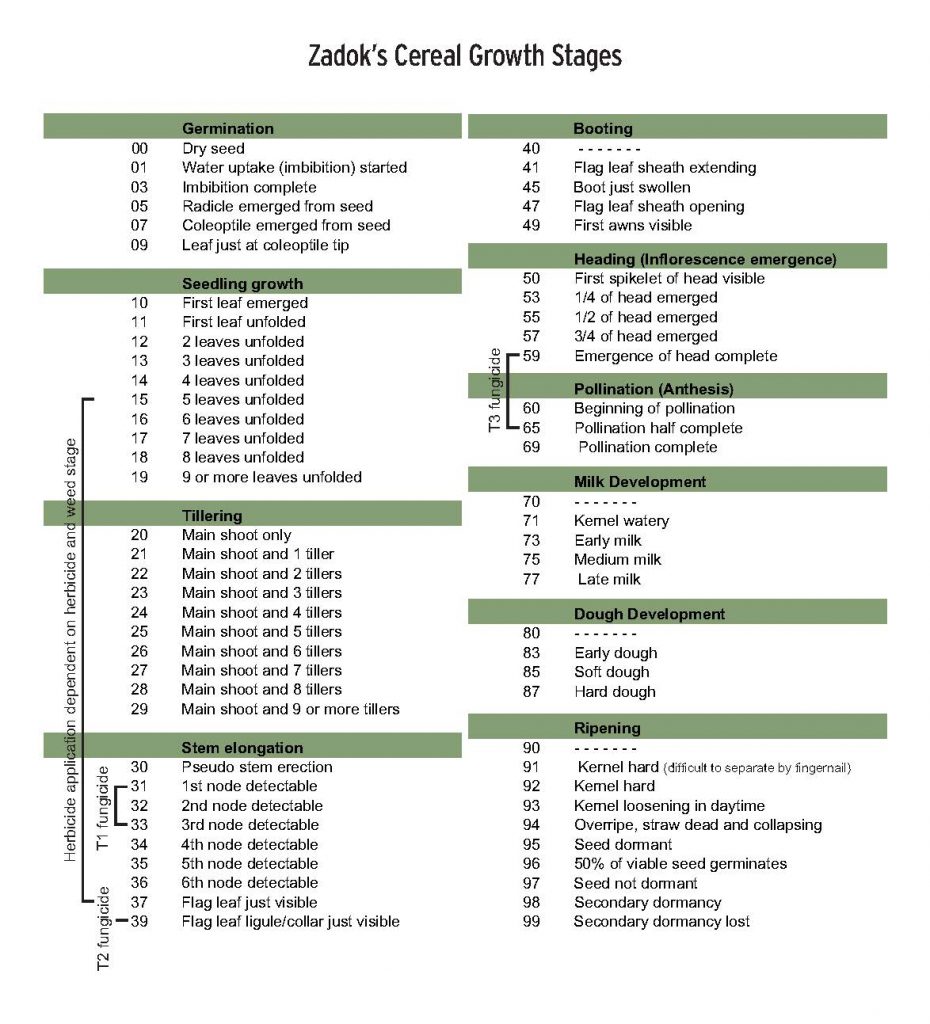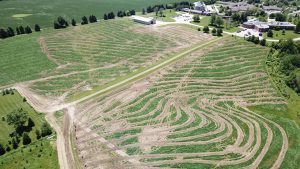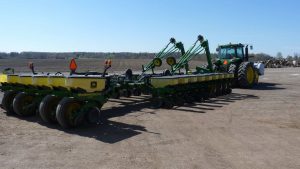Timing is everything
KNOW YOUR CEREAL GROWTH STAGES

THE IMPORTANCE OF knowing the correct growth stage of your cereal crop cannot be underestimated. To maximize your investment on the crop you will need to time your herbicide and fungicide applications at the correct growth stage of the crop. Spraying your wheat with the wrong herbicide too late and you will get reduced yields through damage to the head development. Spray your fungicide too late for the T3 spray and you will miss the window to control fusarium. Instead you will just cause reduced yields from the sprayer tracks and allow the disease to infect the wheat – basically throwing money in the wind.
So, what is the right timing? The best place to start is with the label. As you read the pesticide label on your herbicide or fungicide, look under the area called Timing, it will reference the crop stage for the proper application.
HERBICIDES
Herbicides can be applied between 1st leaf and just before flag leaf, but you will need to check the label carefully as some labels only recommended between the 5th leaf and pre-stem elongation, or other combinations. Timing of weed size is critical for the best control of weeds. Also watch spring temperatures; an application on plants during cold temperatures will cause stress on the plant. Herbicides need to be metabolized by the plant, additional stress, such as a frost, can cause added damage. Applications to actively growing plants is best for weed control and the health of your plants.
FUNGICIDES
Fungicides have three different application windows; each application has a specific purpose.
The T1 application (1st to early 3rd node) is just when the plants begin to elongate: feel the nodes on the stem or slice a plant with a knife to find and count the nodes. Fungicides applied at this time are to help control those early diseases such as powdery mildew that appear in the dense canopy of early planted fields that established well last fall and tillered early to create a dense stand. Higher humidity in these stands allow for early disease development. Applications may or may not be needed depending on your plant density and environmental conditions.
The T2 application is when the flag leaf has fully emerged. Application at this time helps protect the flag leaf from disease from below the canopy; such as Septoria that moves up the plant, or from rust spores that blow in. Keeping the flag leaf clean helps maintain yield potential by protecting the yield producing leaf.
The T3 application is the head protecting application that helps lessen the impact fusarium has on the wheat head. T3 applications need to occur when the head is just fully emerged and just starts to shed pollen. Best to get applications done before ½ pollination to ensure head is protected.
Use the Zadok’s growth chart to help describe the stages of cereal development.
People do wonder if herbicides and fungicides can be sprayed together. The answer is: it depends. It depends on what products you are using, what stage your crop is at, and what your goals really are. Do you have weed pressure; do you have disease pressure? Are the products compatible in the tank? Some are, some are not.
Timing is everything in agriculture. Consider the pesticide label your guidebook, follow the recommendations and work within the correct window. Recommendation timings and application rates are listed for your benefit to ensure you have the most success with the product.
Marty Vermey is the senior agronomist at Grain Farmers of Ontario. •



























